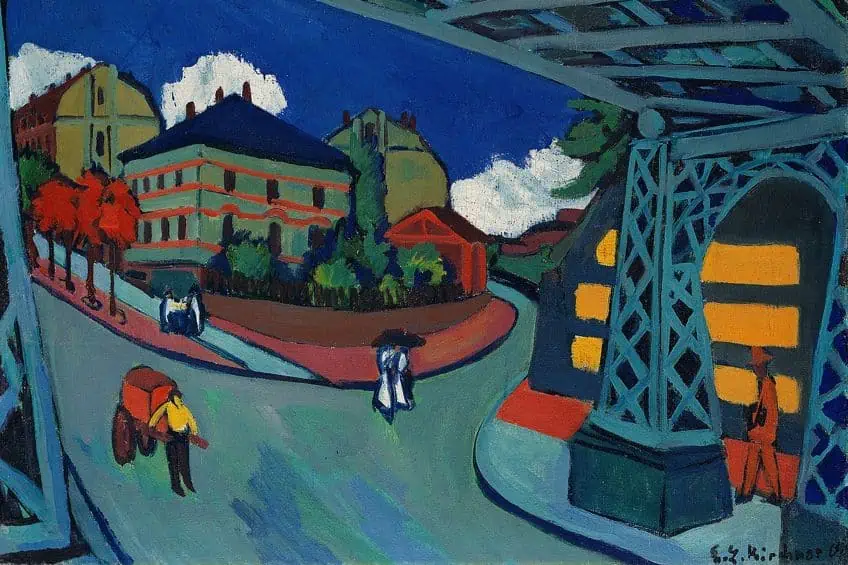German Art – From German Expressionism to Folk Art
Art in Germany has a long and distinguished history, extending all the way back to prehistoric art. Many important German art styles have arisen through the ages, not only inspiring local artists, but also artists across the world. The country was known for developing globally recognized movements, such as German Expressionism art. From German folk art to modern German paintings, let us find out more about German art styles through the ages.
The History of German Art
Although often overlooked in comparison to French and Italian achievements in the English-speaking nations, German art styles have played an important part in the advancement of art in the Western world. Art in Germany is among the best examples of how diverse one country’s art can differ from that of its neighboring countries. Even though its cultural past tends to be overlooked when compared to its neighbors, (especially because of the two World Wars, which stunted the growth of German art in the 20th century), Germany has remained a nation with a strong voice in most European art periods and movements. Italy and France started making significant advancements throughout the Middle Ages with the emergence of Romanesque art, yet the development of the works of an increasingly prosperous Germany was also very important.

German Renaissance Art
The German Renaissance was an artistic and cultural movement that emerged from the Italian Renaissance among German philosophers in the 15th and 16th centuries. The introduction of Renaissance humanism to the multiple German kingdoms affected many fields of science and art. The usage of rich Gothic adornment until far into the 16th century, even in artworks that are unmistakably Renaissance in their portrayal of the human form and other aspects, often confuses the concept of the German Renaissance.
Classical ornamentation had little historical significance in much of the country, but in other ways, Germany was very fast in following developments.
This was particularly clear in the adoption of movable type printing, a German innovation that remained practically a German monopoly for several decades and was initially introduced to most of Europe, including Italy and France, by German artists. Engraving and woodcut printing was already more established in Germany and the Low Countries than anywhere else in Europe, and the Germans led the way in designing book illustrations. These were often of a low standard artistically, yet they were found all across Europe, with the woodblocks regularly being rented to printers of editions in different towns or languages.
The Ambassadors (1533), by Hans Holbein the Younger, is among the most famous Renaissance paintings. For ages, this image has sparked both adoration and criticism. There have been several ideas proposed regarding the identity of the two well-dressed diplomats and the meaning of the beautifully defined objects in the picture. The distorted skull at the bottom is a typical example of anamorphosis, a Renaissance specialty.
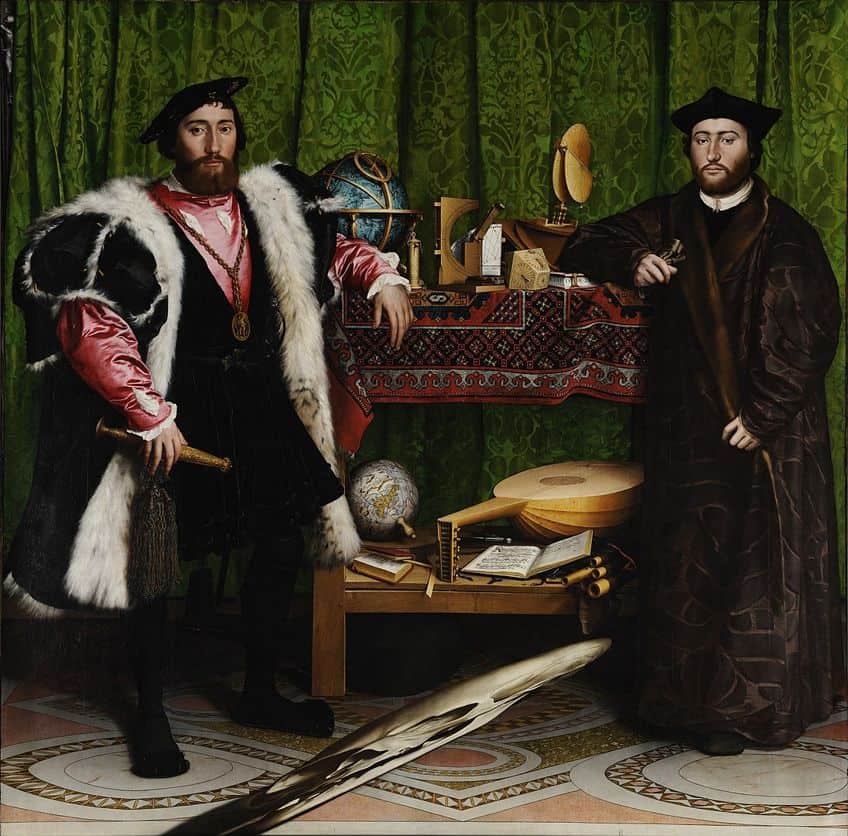
German Baroque and Rococo Art
Baroque art arrived slowly in Germany, with virtually nothing until around 1650, but once it was established, it appeared to have fitted German artistic tastes well. During the Baroque and Rococo periods, German art produced works that were derivative of developments abroad, despite the fact that a number of excellent painters in numerous genres were producing at the time. Outside of Germany, this period remained rather obscure, and while it never claimed to be among the most important schools of painting, its omission from non-German art history is noteworthy.
Many notable foreign artists worked for princes in Germany, including Bernardo Bellotto and Gianbattista Tiepolo, who spent a three-year period adorning the Würzburg Residence.
Many German artists worked overseas, notably Johann Liss, who mostly painted in Venice, Ludolf Bakhuisen, and Joachim von Sandrart, the most prominent marine painter of the Dutch Golden Age’s last years. Heinrich Füger, the portraitist, and Johann Peter Krafft, his pupil, well known for three massive paintings in the Hofburg, went to Vienna as students and remained there In the late 18th century.
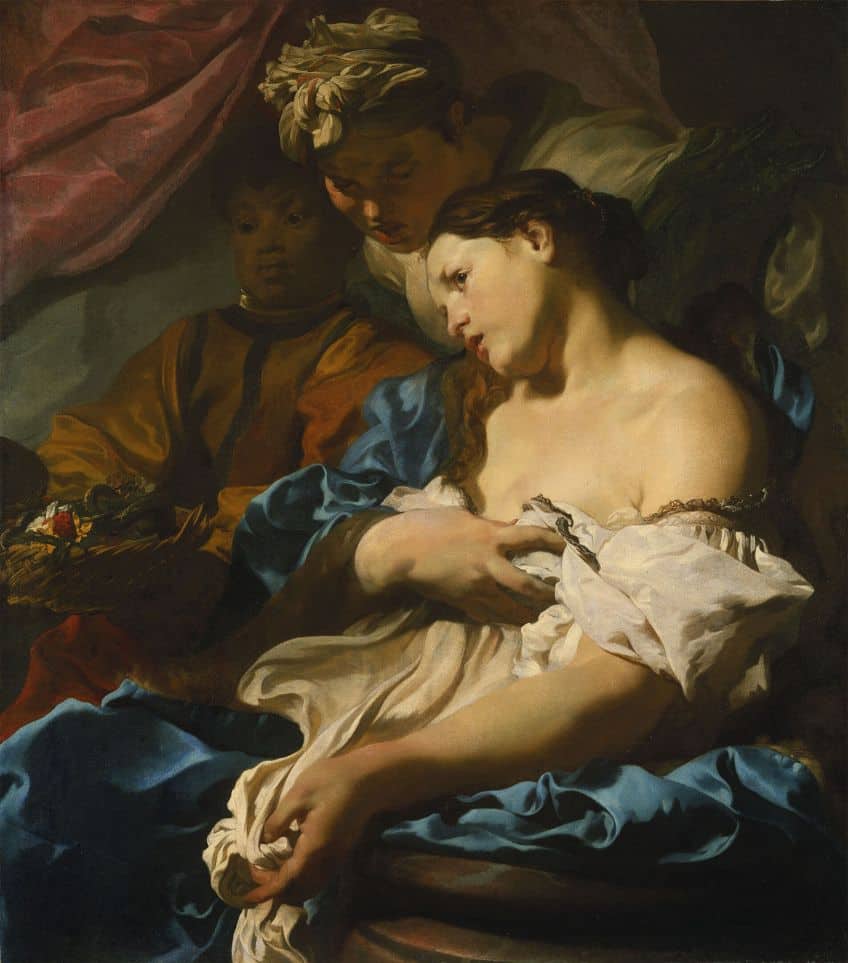
Neoclassicism in Germany
The decades that comprised the Neoclassicism era of art in Germany were regarded as very dynamic. This renowned movement emerged earlier in Germany than it did in France, which is actually quite ironic given that French Neoclassicism is often cited as the most significant example of this era. This period in German art history was dominated by three artists: Asmus Jacob Carstens, Anton Raphael Mengs, and Gottfried Schadow. Mengs was regarded as the most notable of the three, having developed the fundamentals of an early Neoclassical German style. Carstens’ brief career, though, was volatile and problematic, resulting in many unfinished compositions.
The central goal of German Neoclassicism was similar to that of its counterpart in France: artists and thinkers sought to bring back classical art and restore it to the former splendor of ancient Greece and Rome.
Basically, proponents of this movement were hoping for another Renaissance-like period. The Neoclassicism movement can also be regarded as a response to the emotionally charged Baroque era. Like French Neoclassicism, the German interpretation of the movement was thematically connected with the concept of Enlightenment. This resulted in an increase in educated people, and numerous new academies began to spring up throughout Germany. This was also the period in which Johann Joachim Winckelmann, a German who essentially established the disciplines of history and archaeology as we know them today, began to establish his career.
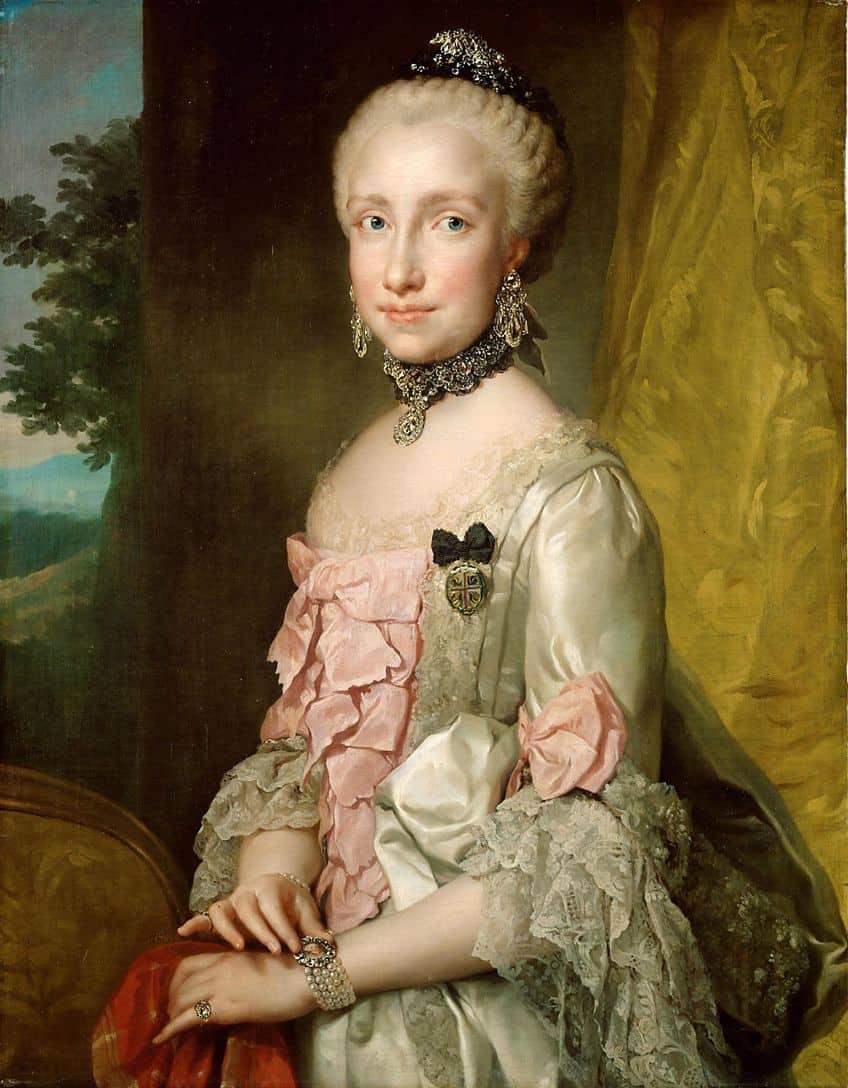
His subsequent works will be remembered as the key publications on the subject, thereby making him the father of both these fields of study. During the Enlightenment era, German intellectuals rose to prominence as art critics and theorists, largely led by Winckelmann, who revered the art of the Ancient Greeks. Hearing his views, Neoclassical artists in Germany united around the concepts of ancient heritage and the “free man”, which was significantly represented in their artworks’ imagery. Friedrich Schiller and Goethe, inspired by Winckelmann’s success, started to study similar ideas. As a result, the Neoclassical era in German art history is associated more with the written word regarding art than the visual arts themselves. This is what differentiates it from other countries’ Neoclassicism.
German Romanticism and the Nazarenes
Unlike German Neoclassicism, the next era of this country’s art was far more inventive and unique than that of other European countries. The Romanticism era gave rise to an abundance of German artists who all had distinct styles. Caspar David Friedrich, regarded as among the greatest artists of all time, was the most prominent and impactful German Romanticism artist. He typically painted landscapes with a strong Northern style and a sense of holy serenity. He often featured human figures in his paintings, although they usually played second character to the landscape itself.
Friedrich’s enchantingly romantic paintings from his period are among the best and most beautiful works of German art.
Despite the fact that Friedrich was misunderstood for most of his life, this brilliant thinker from the great Romantic era in Germany is now regarded in the same league as John Constable and William Turner. The Nazarene movement is another development in German art history that can be related to Romanticism. This movement, named after a comment from a facetious critic, originated with early 19th-century German Romantic artists who wanted to restore spirituality and honesty to Christian art.
The Nazarenes’ main objective was to challenge Neoclassicism and the academic system’s conventional art instruction, which they considered to be wrong. The artists involved planned to return art to a path that encompasses spiritual Christian principles, therefore they looked towards the late Middle Ages and early Renaissance for their artistic inspiration. Because of these ideas, the Nazarenes have sometimes been associated with the English Pre-Raphaelite Brotherhood of the mid-19th century, a society with relatively comparable views. The Nazarene movement’s prominent painters were Franz Pforr, Johann Friedrich Overbeck, and Ludwig Vogel. The majority of their concepts were formed in Rome when they stayed at the abandoned abbey of San Isidoro.
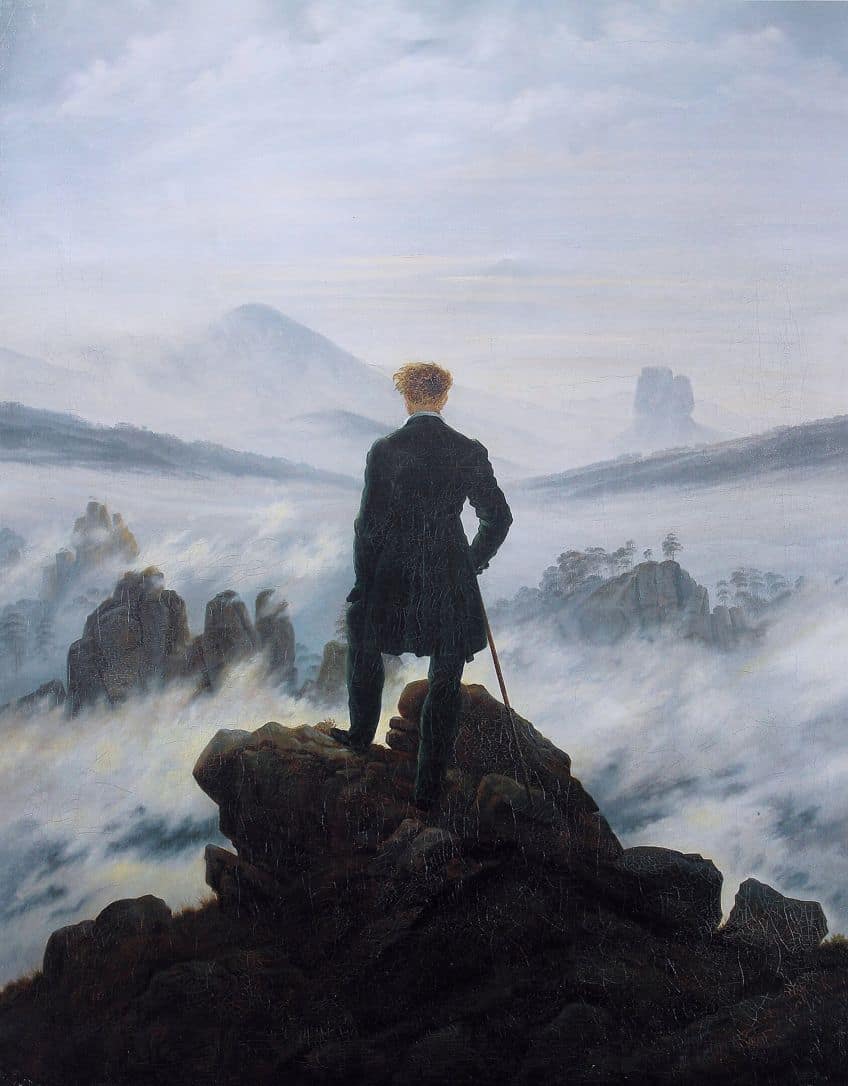
Wanderer above the Sea of Fog (1817) is a well-known painting by Caspar David Friedrich and an exquisite work of romantic art. A young man stands on a rocky precipice, staring out across a foggy mountain environment in the picture. Experts have concluded that the picture represents self-reflection and serves as a metaphor for the unknown future.
Biedermeier and Secession
The name Biedermeier refers to a literary, musical, interior design, and visual arts style that flourished between the close of the Napoleonic Wars in 1815 and the 1848 revolutions. The precise and polished realism of this era catered to the rich middle classes, typically celebrating German ideals. Carl Spitzweg was a notable German figure in the Biedermeier style.
One should keep in mind that this was an international movement, and various European countries had their own versions of Biedermeier.
The latter half of the 19th century in Germany did not have a distinct style or movement, but it was defined by a greater emphasis on the country’s identity and sense of pride. The Berlin Secession group, created in 1898 by artists Lovis Corinth and Max Liebermann, was the final significant artistic development in German art in the 19th century. It is among the most important groups from the turn of the century, which is noteworthy given that the Berlin Secession wasn’t imposing a certain style and was very liberal in that respect.

20th Century German Art Styles
Analyzing German art from the 20th century is a fascinating subject. The explanation behind this is that between 1900 and 1945, the country experienced two World Wars, a number of cultural and technological upheavals, and so many distinct protest art groups that it may be impossible to tell them all apart. In addition, several of the artists were involved in various art movements over the years, changing their styles as they went. As a result of this situation, 20th-century German art evolved through a number of loose groupings and movements, accentuated by the nation’s most terrible period of time which many artists in Germany were very mindful of. After the two World Wars, Germany was in chaos in all aspects, including culture, yet it was still able to have an effect on modern art.
Unfortunately, we will never know how much the country’s artists could have changed the direction of art if it had not caused the most horrific event known to man.
Die Brücke and Der Blaue Reiter
Die Brücke and Der Blaue Reiter were two groups of German artists that were pivotal in the formation of German Expressionism art, one of the early avant-garde’s core movements. Die Brücke was a collective of German Expressionists founded in 1905 in Dresden by architecture students interested in becoming painters. Erich Heckel, Ernst Ludwig Kirchner, Fritz Bleyl, and Karl Schmidt-Rottluff were among these artists.

Although Die Brücke disbanded in 1913, the group did reestablish woodcut as a relevant medium and set the groundwork for multiple abstract art concepts. Der Blaue Reiter was founded in 1911 in Munich. The formation of the group is inextricably linked to its most prominent member, Wassily Kandinsky, a Russian artist, and it also included August Macke, Franz Marc, Marianne von Werefkin, and Alexej von Jawlensky. Wassily Kandinsky’s beliefs on devoutness and expression were channeled into direct, honest, and spiritually involved artworks throughout their whole oeuvre.
Dada and Bauhaus
Another distinguishing aspect of early 20th-century German art was a great proclivity towards grotesque works. Artists such as Otto Dix, George Grosz, and Max Beckmann are all wonderful instances of how grotesque expression influenced their work. In terms of German grotesque style, Dadaistic themes played a significant role. Surprisingly, German Dada was far more political than in other nations. The major exponents of Germany’s Dadaistic expressiveness are the famous artists Hannah Höch and Kurt Schwitters. Schwitters’ Merzbau, a predecessor of installation art, is also a significant aspect of this era.
Max Ernst also worked in the Dada style, but due to his move towards Surrealism, he cannot be considered the foremost representation of German Dada.
Another significant period in the art history of Germany before the establishment of the Nazi regime was the now-famous Bauhaus school. This was the most prominent modernist art school of the 20th century, which features a groundbreaking approach to understanding and teaching art’s connection to society. The purpose of the Bauhaus was to blur the line between fine and practical arts, reuniting manufacturing with creativity. Apart from its creator, Walter Gropius, the Bauhaus was connected with other greats of German art, including Josef Albers, Ludwig Mies van der Rohe, Paul Klee, Laszlo Moholy-Nagy, Johannes Itten, and Marcel Breuer.
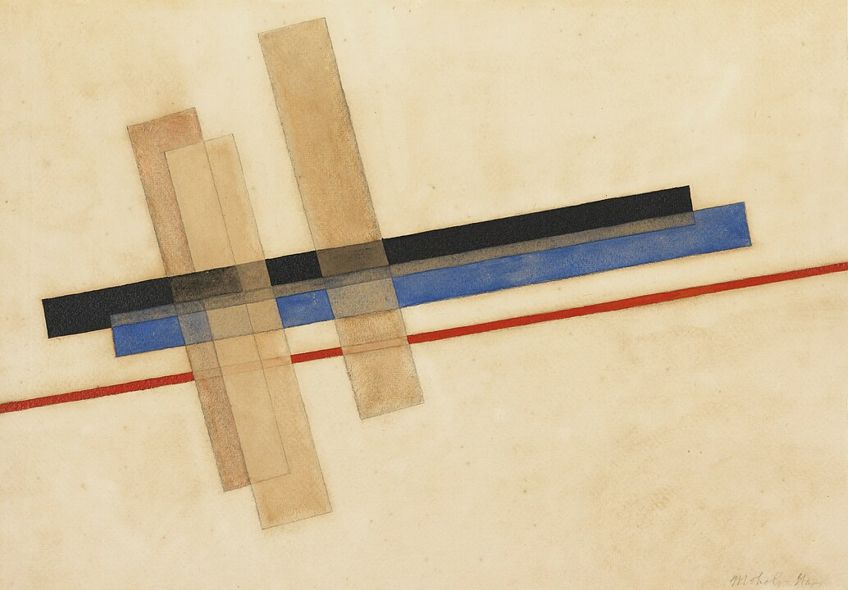
New Objectivity
The New Objectivity was a German art movement that emerged in the 1920s as an extension of and in contrast to, German Expressionism art. It is therefore post-expressionist and can be found in the visual art, music, literature, and architecture of the period.
It encompasses the Weissenhof Settlement’s and Bauhaus’ stripped-down, simplified construction style, Ernst May and Bruno Taut’s public housing and urban planning initiatives, and the industrialization of the family epitomized by the Frankfurt kitchen.
The opposing school of thought, known as Magic Realism, featured Georg Schrimpf, Anton Räderscheidt, Carl Grossberg, and Alexander Kanoldt. The New Objectivity, as opposed to some of the other groups, was never a formal organization, and its artists were affiliated with other groups; the title was coined by a friendly curator, while “Magic Realism” was coined by an art critic.

German Art During the Third Reich
Despite being the most infamous, German art created during the Third Reich may be the most intriguing period of art in Germany. The strict Nazi administration outlawed modern art, justifying its decision by claiming that it was degenerate. In terms of Nazi ideology, these works of art veered too far from the required criteria of classical beauty. Between the 1920s and Hitler’s ascension to absolute power in Germany, there was widespread disagreement among avant-garde artists, but it never really amounted to more than stern words.
However, after Hitler had secured Germany’s three primary political positions, all German avant-garde artists were labeled as a threat to the nation’s identity and effectively enemies of the regime.
What ensued was a situation all too familiar to Nazi Germany, as only a few were fortunate enough to escape their country in time. Nazis staged a controversial exhibit in Munich in July 1937 to demonstrate the destructive influence of modern art in Germany. This exhibition, which contained approximately 650 paintings, prints, sculptures, and publications from the collections of 32 different German institutions, was supposed to be an official condemnation of modern art.
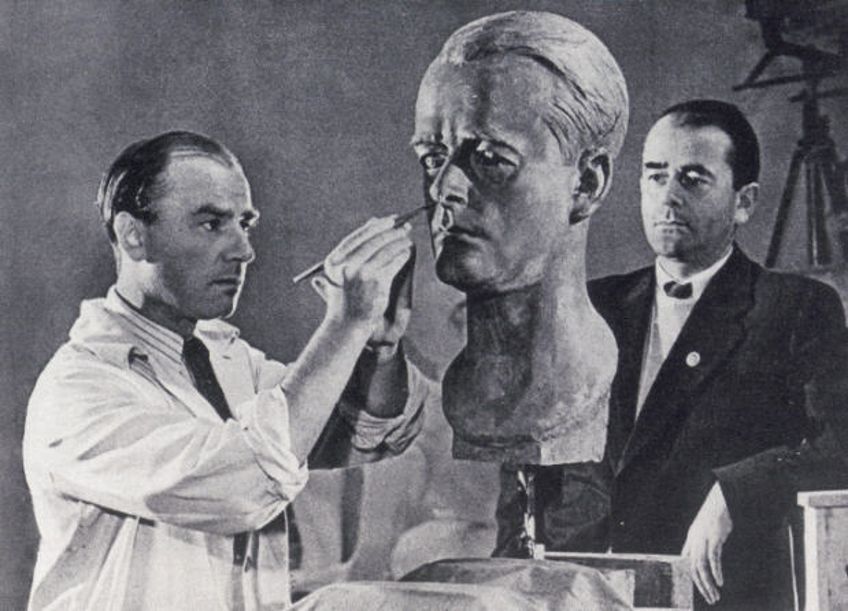
German Art After World War Two
After the atrocities of World War II, all German art styles were generally divided into Neo-expressionism and Conceptualism. Anselm Kiefer, Georg Baselitz, Jörg Immendorff, Peter Robert Keil, Markus Lüpertz, and Rainer Fetting were among those in the first group. Hanne Darboven, Hilla Becher, Hans Haacke, Hans-Peter Feldmann, and Charlotte Posenenske were among the top German conceptual artists. Many people wanted to work within conventional boundaries, but they didn’t have the same influence on German art as the Neo-expressionism and Conceptualism artists.
Performance art was also a significant development in the German art scene; Joseph Beuys was arguably the most important German painter of the post-World War II era.
This theorist, performance artist, and sculptor, made several contributions to German culture, with his renowned quote “Everyone is an artist” and the concept underlying it being the most significant game-changer of the period. This broader definition of art, known as social sculpture, includes everything that brings value creatively to society as being artistic in nature. His output ranged from profoundly allegorical, even shamanistic presentations based on his personal mythology to more straightforward and practical expressions.
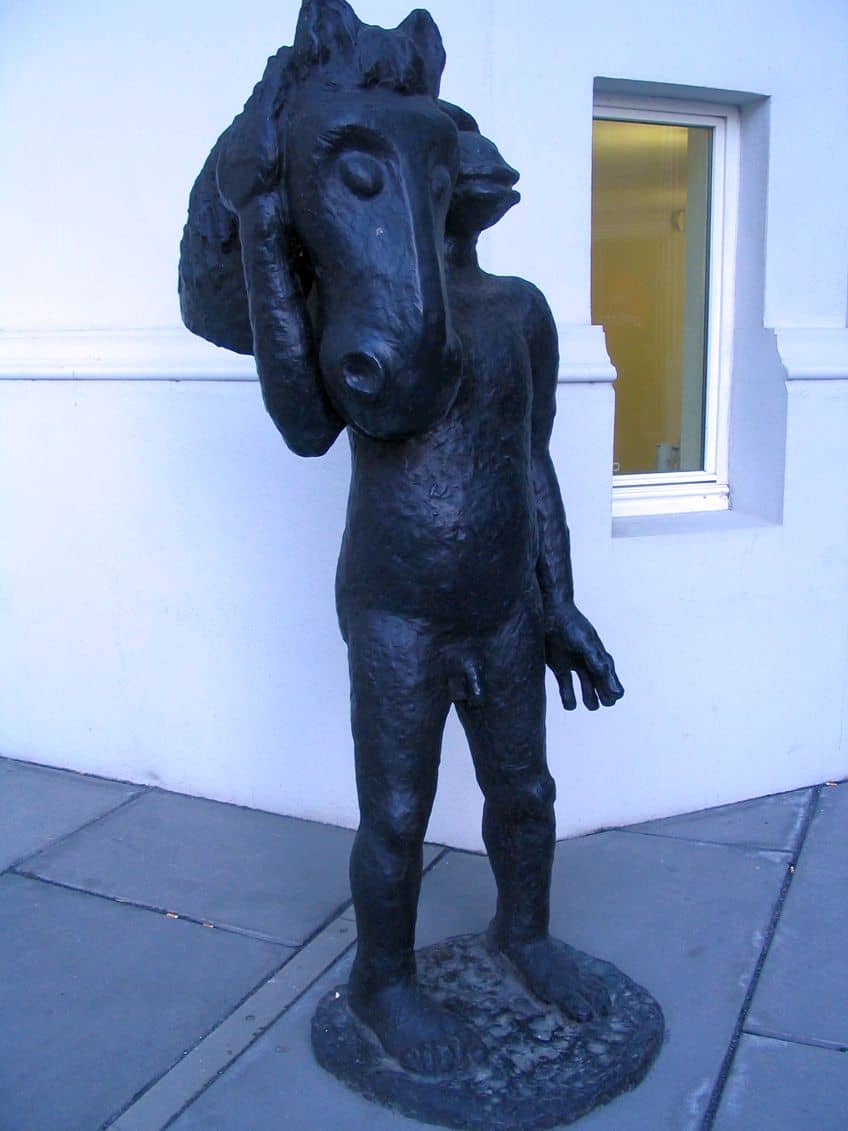
Minimalist art, defined by its simplicity, geometric forms, and emphasis on the core aspects of form and color, was also prevalent in German art. The minimalist trend was associated with artists like Imi Knoebel and Blinky Palermo. German artists progressively explored installation art and new media in the late 20th and early 21st centuries. These forms were included in the practices of artists such as Rosemarie Trockel and Rebecca Horn, who were interested in the intersection of technology and art. After the 1960s, German art typically mirrored the sociopolitical mood of the moment. Artists addressed subjects such as World War II’s legacy, Germany’s separation and reunification, and greater global problems.
That completes our exploration of the history of German art. German paintings have changed in style over the years, with many notable German art styles arising in response to local and international trends. This led to the development of German Renaissance art, German Baroque and Rococo art, as well as German Expressionism art, to name just a few. While many scholars often focus on the art of the country’s neighbors, such as Italy and France, one cannot deny the crucial role that German artists and movements played in the development of art across the world.
Frequently Asked Questions
What Is German Folk Art?
German folk art comprises a diverse range of various traditional creative expressions and handicrafts that have been handed down through generations across Germany’s many regions. Woodcarving is a popular kind of German folk art, particularly in the Erzgebirge and the Black Forest regions. Many German locations have their own pottery and ceramics styles too. Folk art also includes traditional German clothes, such as lederhosen and dirndls. These costumes differ by location and are often donned during festivals and other events. The German folk art known as Fraktur is a type of elaborate calligraphy that has been practiced for generations in Germany. It was used in ornamental manuscripts, birth documents, and religious literature.
What Defines Art in Germany?
Germany has a very rich artistic history spanning centuries, with movements such as the Renaissance, Romanticism, Expressionism, and Bauhaus arising over the centuries. All of these movements have had a lasting effect on the world of art. Germany is divided into regions, each having their unique cultural and aesthetic heritage. Art created in Bavaria, for instance, may be very different from art made in the Rhineland or Berlin. This geographical variation serves to enrich and diversify German art from place to place, as well as era to era.
Jordan Anthony is a Cape Town-based film photographer, curator, and arts writer. She holds a Bachelor of Art in Fine Arts from the University of the Witwatersrand, Johannesburg, where she explored themes like healing, identity, dreams, and intuitive creation in her Contemporary art practice. Jordan has collaborated with various local art institutions, including the KZNSA Gallery in Durban, the Turbine Art Fair, and the Wits Art Museum. Her photography focuses on abstract color manipulations, portraiture, candid shots, and urban landscapes. She’s intrigued by philosophy, memory, and esotericism, drawing inspiration from Surrealism, Fluxus, and ancient civilizations, as well as childhood influences and found objects. Jordan is working for artfilemagazine since 2022 and writes blog posts about art history and photography.
Learn more about Jordan Anthony and about us.
Cite this Article
Jordan, Anthony, “German Art – From German Expressionism to Folk Art.” artfilemagazine – Your Online Art Source. November 8, 2023. URL: https://artfilemagazine.com/german-art/
Anthony, J. (2023, 8 November). German Art – From German Expressionism to Folk Art. artfilemagazine – Your Online Art Source. https://artfilemagazine.com/german-art/
Anthony, Jordan. “German Art – From German Expressionism to Folk Art.” artfilemagazine – Your Online Art Source, November 8, 2023. https://artfilemagazine.com/german-art/.


